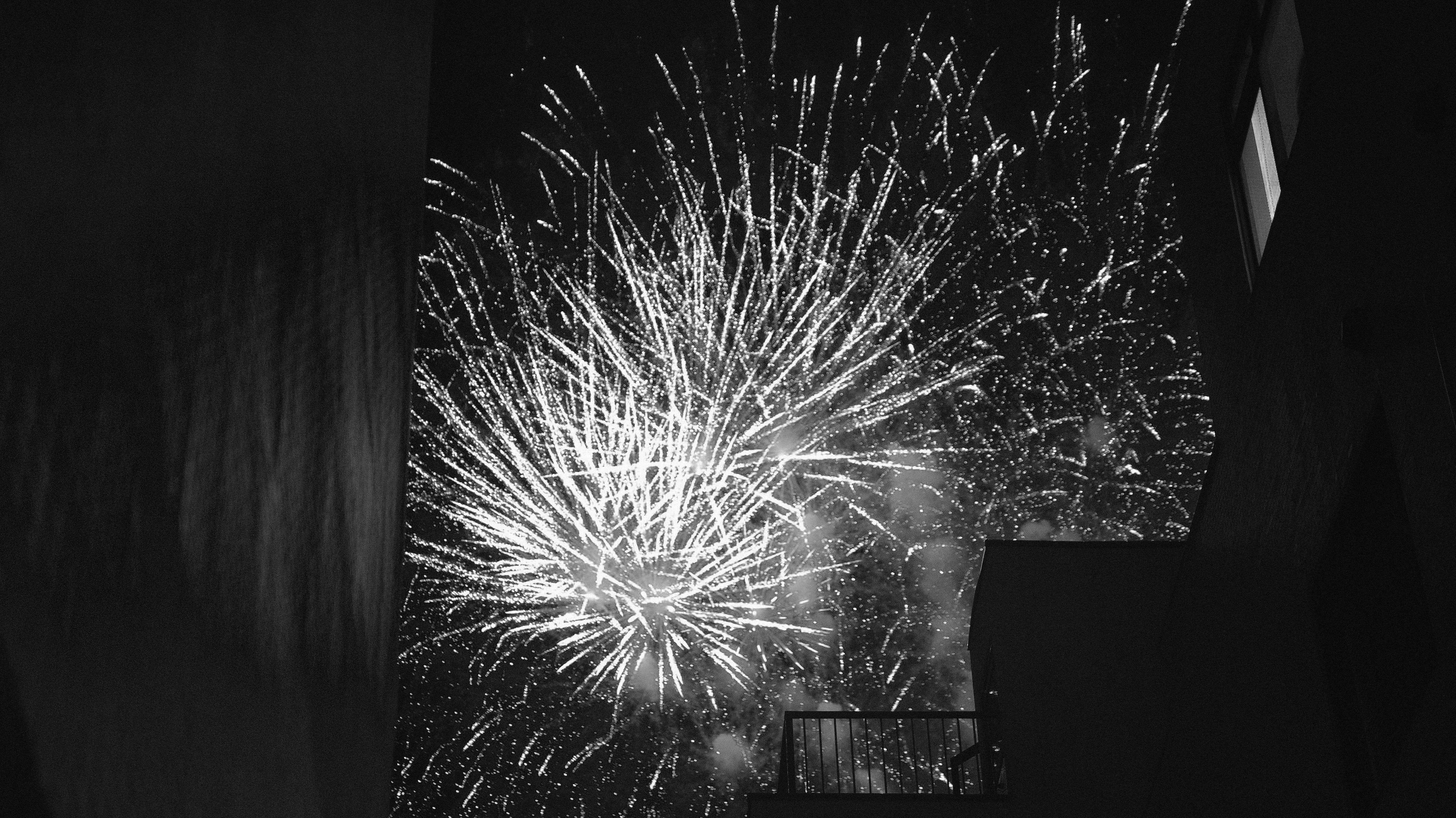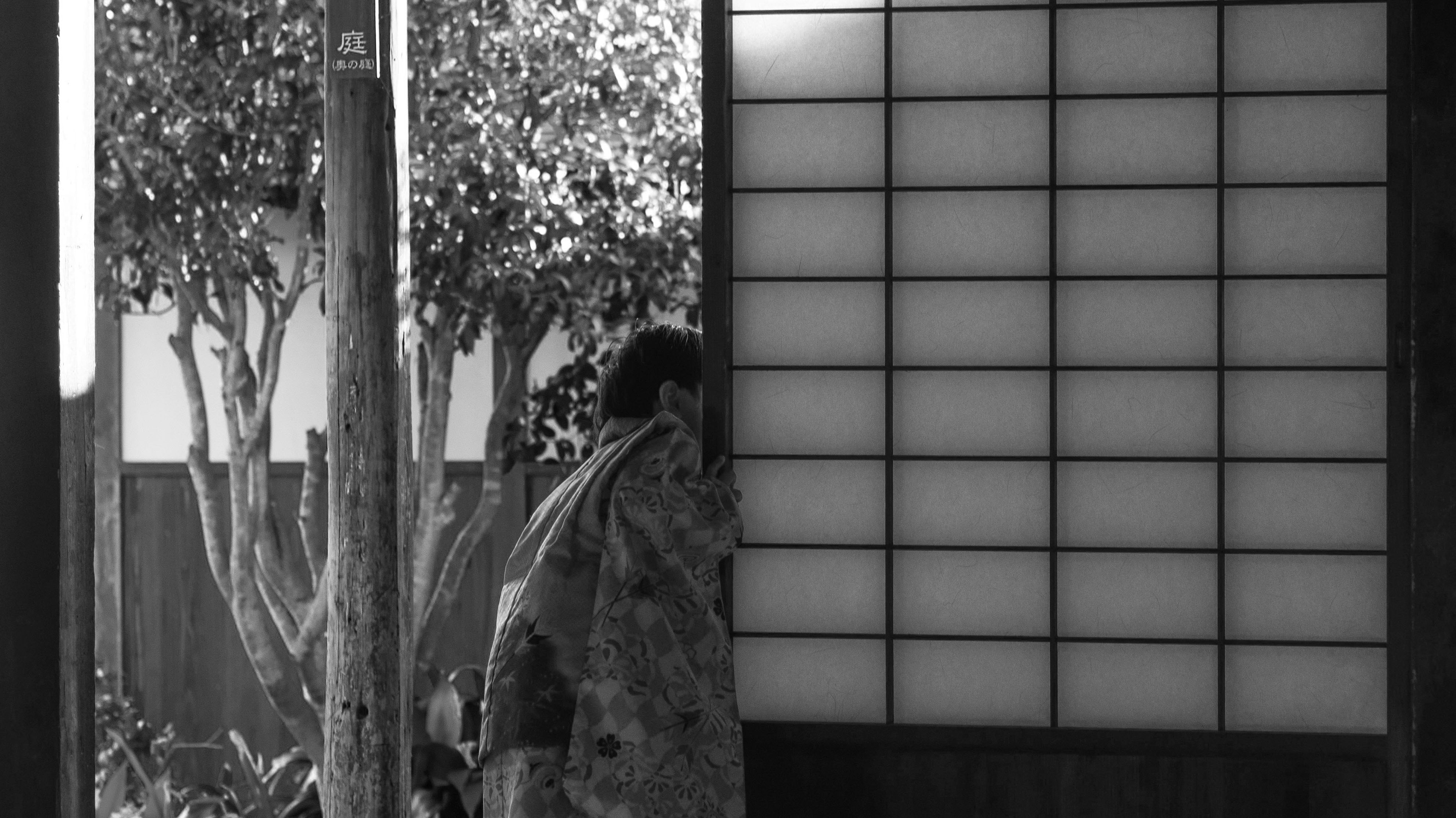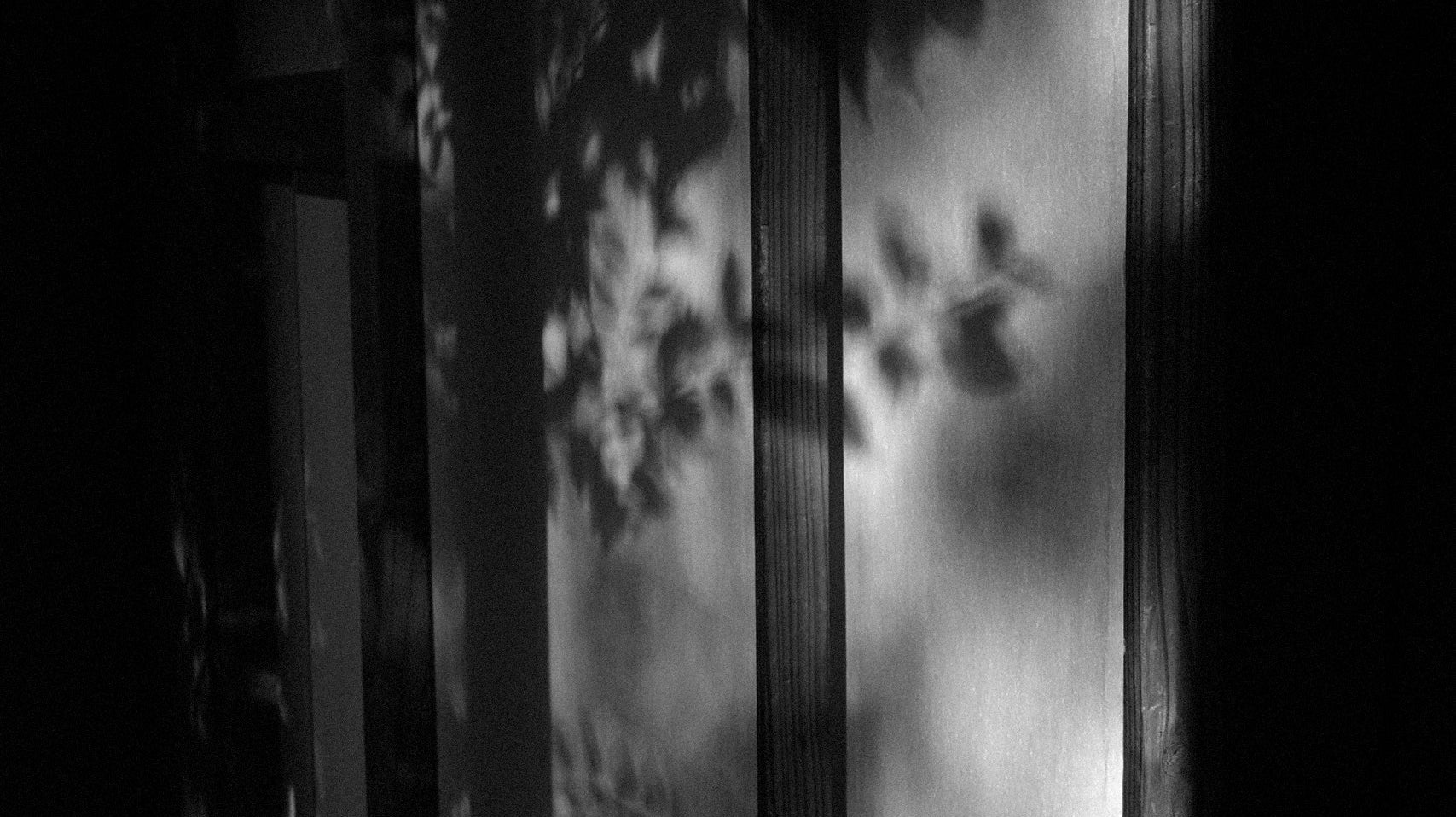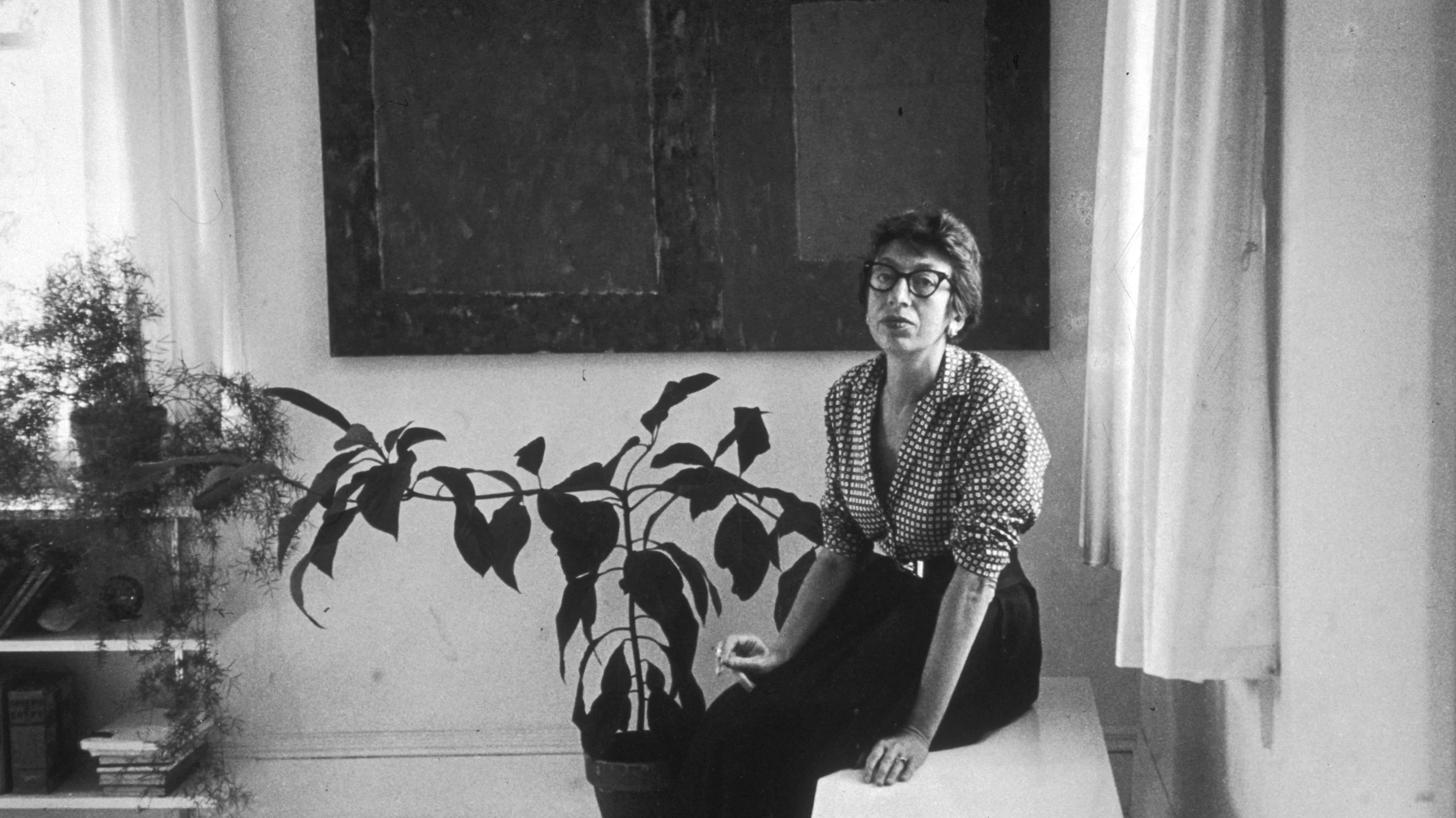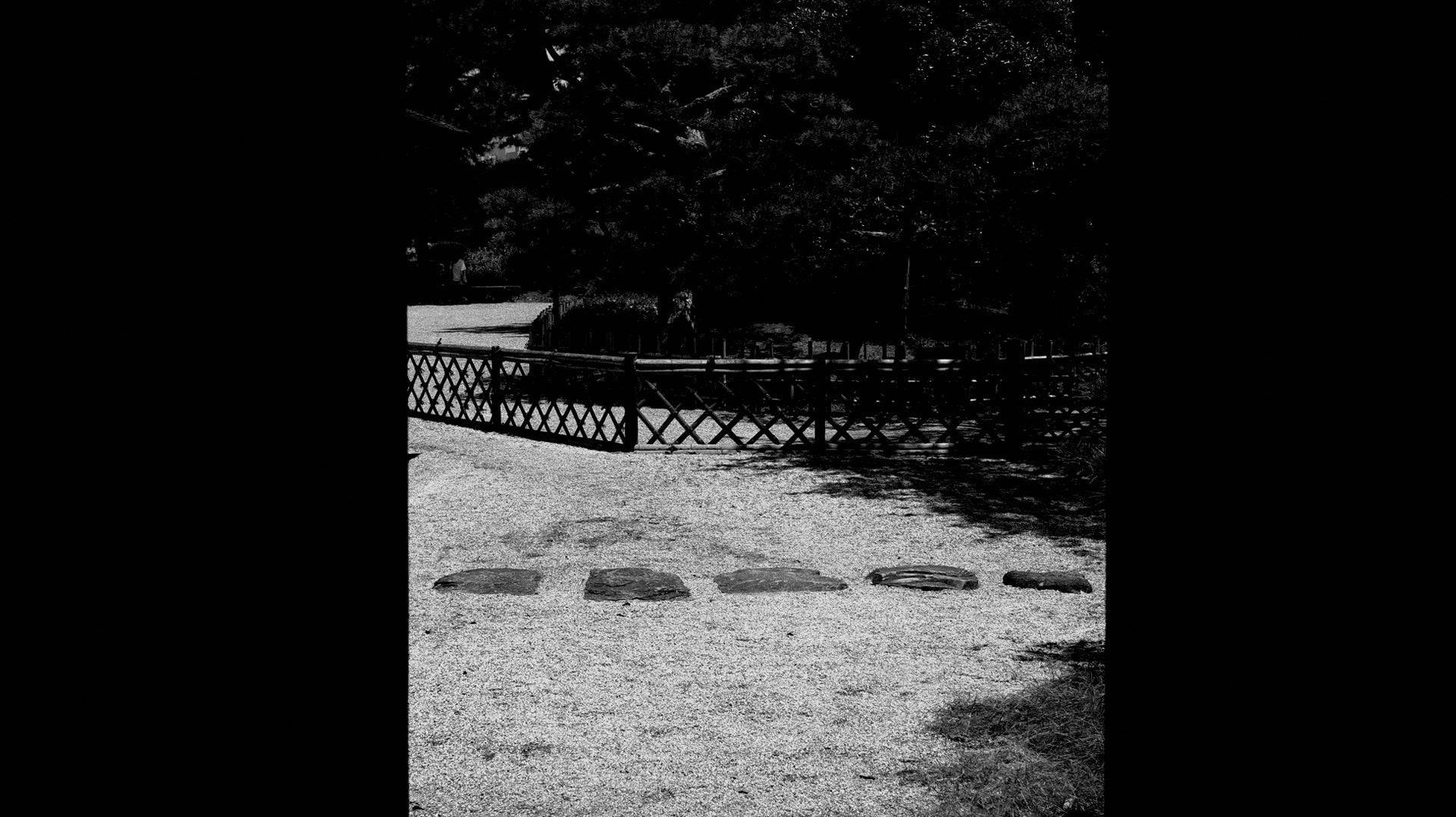Before Picasso. Before Kandinsky. Before the explosion of modern art. What did the art world look like in those times? What bridged the gap between classical beauty and modern expression? If you're curious too, let's explore the key art movements that shaped the path to modern art.
Renaissance: The Rebirth of Art

Sandro Botticelli, Public domain, via Wikimedia Commons
We begin with the Renaissance, a period of profound transformation in art, culture, and thought across Europe, spanning roughly from the 14th to the 16th century. It began in Italy and gradually spread throughout the continent.
The word “Renaissance” means “rebirth.” It refers to the revival of classical ideals from ancient Greece and Rome, combined with new ways of thinking inspired by humanism and scientific inquiry.
After centuries of religious symbolism and flat, decorative figures, artists turned to classical antiquity for inspiration. But they did not simply imitate the past. Instead, they reimagined it. Renaissance art became more human-centered, emotionally expressive, and grounded in natural observation.
This was the age of proportion, harmony, and perspective. Artists developed techniques such as linear perspective and anatomical study to create a sense of depth and realism. Figures no longer floated on gold backgrounds. They stood on solid ground, cast shadows, and expressed real emotion.
Artists like Leonardo da Vinci, Michelangelo, and Raphael led the movement. Their works were not only visually stunning but also reflected a belief in human potential, curiosity, and rational thought.
Renaissance artists aimed to represent the human form with lifelike accuracy. They studied anatomy, captured subtle emotions, and portrayed the body in motion. Michelangelo’s sculpture David is a powerful example. His muscles, veins, and stance reveal an extraordinary understanding of the human body.
During this time, art became more than decoration. It became a way to explore the human experience and the natural world.
Baroque: Art as Drama

Caravaggio, Saint Jerome (c. 1605-1606)
After the balance and harmony of the Renaissance, a more dramatic style began to emerge. If Renaissance art feels like a calm conversation, then Baroque is a full theatrical performance.
The Baroque period began in the early 1600s in Italy and gradually spread across Europe. It reflected a world filled with movement, emotion, and grandeur. Art became a powerful tool for storytelling and persuasion, especially in churches and royal courts.
The word “Baroque” comes from a Portuguese term meaning an irregularly shaped pearl. Like its name, Baroque art was bold, extravagant, and full of surprises.
Unlike the measured style of the Renaissance, Baroque artists sought to stir strong emotion. They used intense contrast, dynamic compositions, and theatrical lighting to captivate the viewer. One of their most powerful techniques was chiaroscuro, the striking use of light and shadow to create depth and intensity.
Caravaggio, one of the most renowned Baroque painters, brought biblical stories and everyday scenes to life with raw emotional realism. His figures do not simply pose. They reach, recoil, and struggle, almost as if caught mid-scene. In sculpture, Bernini pushed even further. His marble works appear to move and breathe, capturing moments filled with tension and feeling.
Some Baroque artists explored darker themes such as death, decay, and the passage of time. These became known as vanitas paintings, created to remind viewers that life is temporary.
Baroque art also saw the rise of powerful female voices. Artemisia Gentileschi, one of the few well-known women artists of the era, painted fierce heroines and scenes filled with strength and personal pain.
Baroque art was more than beautiful. It was emotional, dramatic, and deeply human.
Rococo: A Garden of Elegance and Escape

Jean-Honoré Fragonard, Public domain, via Wikimedia Commons
After the drama and intensity of the Baroque period, art took a softer and more playful turn. In the early 1700s, the Rococo style emerged in France. It reflected a shift in mood, focusing on elegance, charm, and lighthearted pleasure.
The name “Rococo” comes from a French word that originally referred to the decoration of artificial grottos with shells and stones during the Renaissance. The style first appeared in interior design, especially in the homes of the urban upper class.
Unlike Baroque, Rococo was not concerned with deep emotion or religious grandeur. Instead, it focused on atmosphere. The imagery felt delicate, romantic, and sometimes even a little mischievous.
If Baroque is a thunderstorm, Rococo is a garden in spring. This style reflected the tastes of the aristocracy before the French Revolution—a world shaped by comfort, leisure, and the desire to escape everyday reality.
However, Rococo did not last. When the French Revolution began in 1789, the style quickly fell out of favor. It became associated with excess and the declining world of the aristocracy.
For more than a century, Rococo was dismissed as superficial and overly decorative. Yet it reminds us that beauty and joy can often be found in the lighter moments of life.
Neoclassicism: A Return to Reason and Order
In the late 1700s, artists and intellectuals looked to the ancient world for inspiration. They admired the clarity, structure, and idealism found in Greek and Roman art. This marked the beginning of Neoclassicism.
Neoclassicism emerged as a response to the excess and frivolity of Rococo. Where Rococo was decorative and playful, Neoclassicism was disciplined and serious. It coincided with a time of profound social and political change. Enlightenment ideas about reason, science, and democracy were spreading, while revolutions were transforming Europe and America. In this atmosphere, art turned to the past in search of moral clarity and strength.
Neoclassical artists believed that beauty should have meaning and purpose. Art was no longer just ornamental or personal. It was meant to educate, to inspire, and to express universal values. The style was clean and controlled. Compositions were balanced. Figures were idealized. Emotions were restrained.
Artists like Jacques-Louis David became leading figures of the movement. His painting The Oath of the Horatii is a powerful example. It is serious, symmetrical, and filled with patriotic spirit. Sculptors like Antonio Canova created marble figures that echoed ancient statues while introducing a new sense of grace and purity.

Jacques-Louis David, Public domain, via Wikimedia Commons
Neoclassicism influenced not only painting and sculpture but also architecture, interior design, and fashion. It became the official style of the French Republic and later Napoleon’s empire.
This return to classical ideals was more than a stylistic choice. It was a cultural and philosophical statement. After the fantasy of Rococo, people were drawn to art that felt grounded and purposeful. Neoclassicism placed its emphasis on intellect, morality, and the dignity of the individual. It valued principles over luxury and meaning over decoration.
That is why Neoclassical architecture still surrounds us today in government buildings, museums, and courthouses. These spaces continue to embody ideals of reason, order, and civic virtue.
Romanticism: Art of Emotion and Imagination
As Neoclassicism promoted reason and order, a very different artistic voice began to emerge. It placed emotion above logic and imagination above structure. This was the beginning of Romanticism.
Romanticism took hold in the late 18th and early 19th centuries. It was more than an artistic style. It was a mindset that developed in response to the rationalism of the Enlightenment and the political turmoil of the time.
While Neoclassicism looked to ancient ideals, Romanticism turned inward. It explored dreams, fears, nature, and the human soul. Romantic artists believed that feeling was just as important as thinking. They found beauty in the sublime, in powerful natural forces such as storms, mountains, and mystery. Art became a way to express the inner world of the individual.

Caspar David Friedrich, The hiker above the sea of fog (c.1817)
Painters like Francisco Goya revealed the darker side of human experience. His works captured war, madness, and suffering with haunting emotional intensity. Caspar David Friedrich painted vast, quiet landscapes that evoke solitude and spiritual reflection. His human figures often appear small within nature, inviting viewers to consider their own place in the world. Eugène Delacroix used bold color and expressive brushwork to portray passion, movement, and revolution. His paintings pulse with drama and energy.
Romanticism was not concerned with rules or perfection. It was driven by intensity and emotion. It challenged the belief that truth was found only through logic. Instead, it suggested that truth could also be discovered through intuition, imagination, and deeply felt experience.
This movement marked a shift toward artistic freedom. Artists no longer needed to follow classical ideals or fixed formulas. They could express personal visions, explore individual emotions, and push the boundaries of traditional art.
Romanticism helped lay the foundation for the expressive, experimental art that would define the modern era.
Realism: The Truth of Everyday Life
After the emotion and imagination of Romanticism, a new movement took a different path.
In the mid-1800s, Realism emerged as a response to Romantic idealism and the rapid changes brought by the Industrial Revolution. The term came to describe artworks that portrayed everyday life with honesty and precision.

Jean-Baptiste Greuze, The Laundress (1761)
Realist artists believed that art should reflect the world as it truly is—not as a dream or a myth, but as a mirror to daily reality. They focused on ordinary people, such as farmers, factory workers, and scenes from urban life. Instead of kings or gods, their subjects came from the real world, capturing working-class struggles, rural labor, and modern existence. The goal was not beauty but truth. Realist painting aimed to show life without embellishment, illusion, or sentimentality.
Gustave Courbet was one of the leading figures of the movement. His works, such as The Stone Breakers, depicted physical labor with dignity and realism. Critics at the time were shocked. Why portray poverty, dirty clothes, and hard work? But for Courbet, the reality of everyday life was more important than idealized beauty. He famously said, “I have never seen either angels or goddesses, so I am not interested in painting them.”
Across Europe, artists began to turn their attention to social issues. They depicted poverty, inequality, and the effects of industrialization. Realism was not detached or indifferent. It was grounded in compassion, observation, and a belief that even the most modest subjects deserved attention. These artists found meaning in the lives of ordinary people.
While earlier movements sought beauty in the ideal, Realism discovered depth in the everyday. It reminds us that truth, dignity, and humanity can be found in the simplest moments of life.
Read More Art Articles
• 6 Forgotten Modern Art Movements You Should Know
• Impressionism vs. Post-Impressionism: What’s the Difference?
• Contemporary Art Meaning: Why It Matters in Today's World?
• 6 Forgotten Women Artists in Art History You Should Know
↪ Follow us for more updates: YouTube | Instagram

